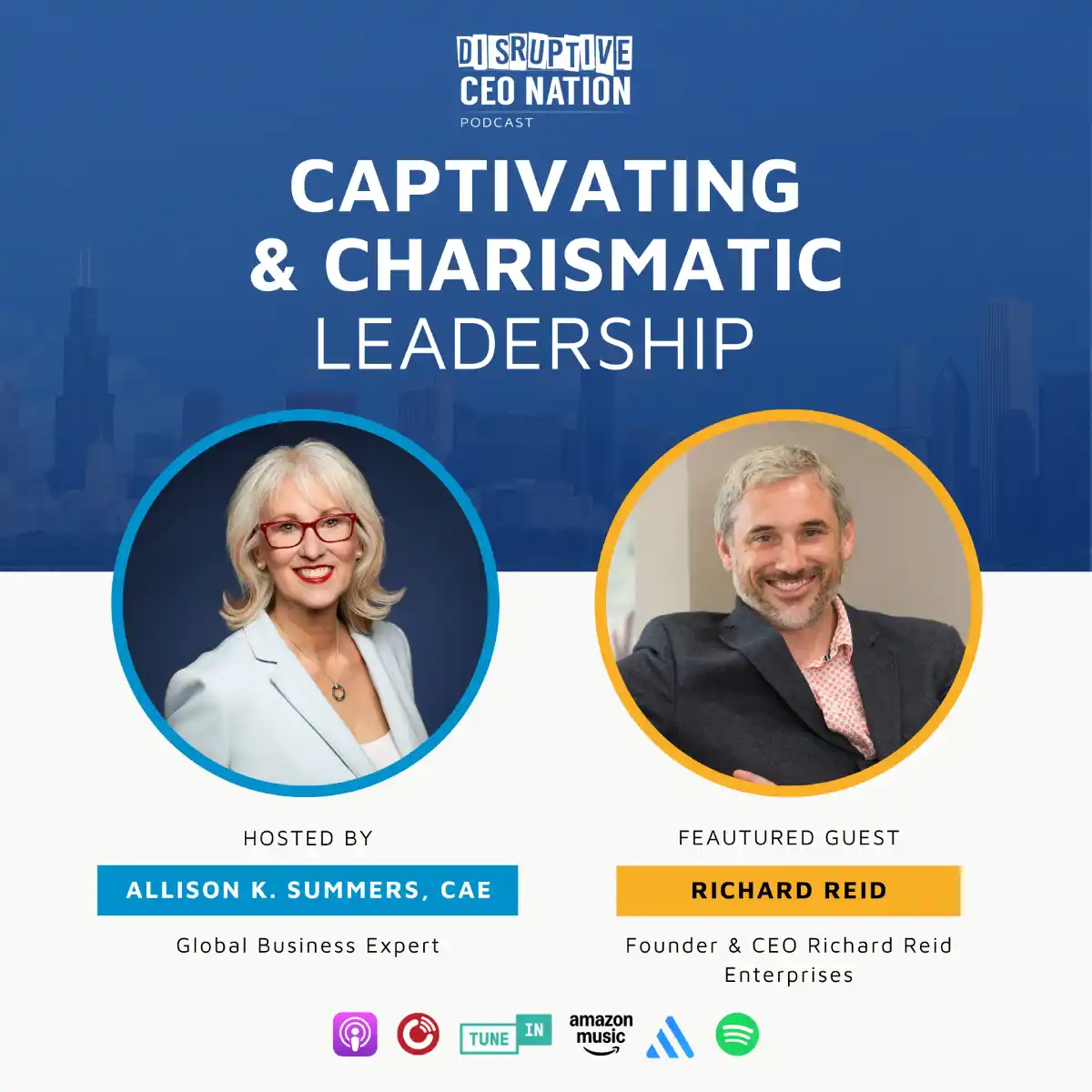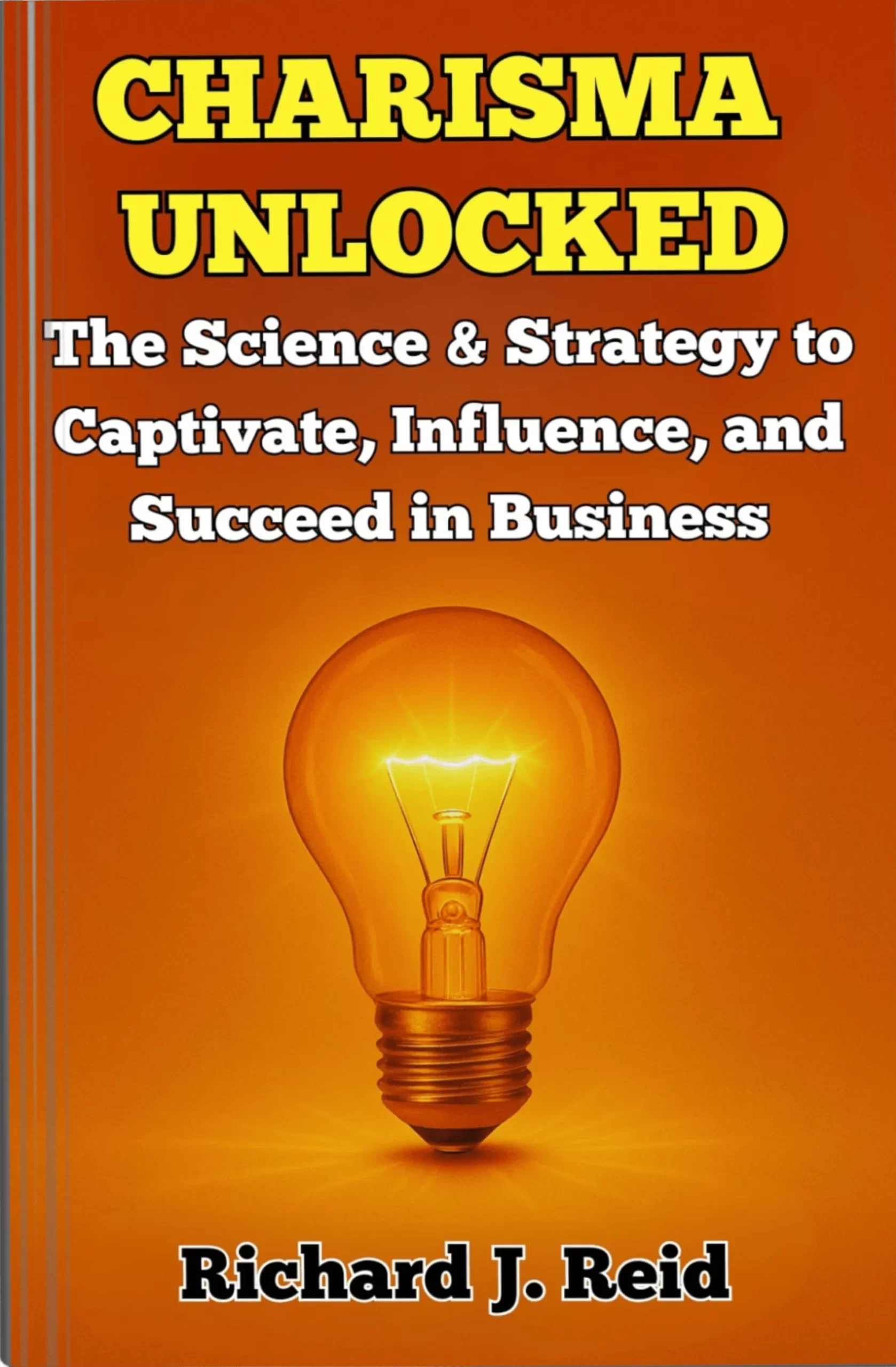This whitepaper challenges the traditional “work-life balance” paradigm, proposing a “work-life integration” model emphasising intentional synergy between professional and personal spheres. Instead of viewing work and life as separate entities competing for attention, we explore how strategic alignment can enhance productivity and overall well-being.
The Illusion of Balance
The concept of “balance” suggests a static equilibrium, a 50/50 split between work and personal life. This ideal is rarely attainable and often unsustainable in today’s dynamic environment. Research indicates that the pursuit of perfect balance can paradoxically increase stress and feelings of inadequacy (Michel et al., 2011). The rigid compartmentalisation of work and life neglects the potential for positive spillover – how skills, experiences, and energy can flow between both domains, enriching each.
Embracing Work-Life Integration: Empowering You
Work-life integration focuses on intentionally blurring the lines between professional and personal spheres. It’s about leveraging the flexibility and interconnectedness of modern life to create a more fulfilling and productive existence. This approach acknowledges that:
Individuality is Key: There’s no one-size-fits-all solution. A freelancer’s ideal integration will differ significantly from a corporate manager’s, reflecting unique values, priorities, and work structures.
Context is Dynamic: Integration strategies must be adaptable to evolving circumstances, such as project deadlines, family commitments, or unexpected events. Rigidity is the enemy of integration.
Technology’s Dual Nature: Technology can blur boundaries, contributing to work overload and constant connectivity. However, it also offers powerful flexibility, communication, and efficient time management tools.
Foundational Principles of Work-Life Integration:
1. Values-Driven Alignment: Identify your core values in both your professional and personal life. These values serve as a guiding compass for decision-making, ensuring alignment between your actions and what truly matters. Ask yourself: What principles drive my work? What brings meaning to my personal life? Where do these intersect?
2. Strategic Boundary Setting: Finding Relief
3. Mastering Time and Priorities: Employ effective time management techniques like timeboxing (allocating specific time blocks for tasks) and the Eisenhower Matrix (prioritising tasks based on urgency and importance) to maximise efficiency and focus on high-impact activities.
4. Harnessing Technology for Good: Utilize productivity apps, communication tools, and automation to streamline tasks, minimise distractions, and create more flexibility in your schedule. Calendar management, project management software, and communication platforms can be powerful allies in work-life integration.
5. Prioritizing Well-being: Make time for activities that promote physical and mental well-being, such as exercise, mindfulness practices, hobbies, and quality time with loved ones. This enhances resilience, reduces stress, and replenishes energy reserves.
Practical Strategies for Entrepreneurs and Business Professionals:
For instance, an entrepreneur with a passion for photography could incorporate this interest into their business by offering photography services as part of their marketing strategy. This not only aligns with their personal interest but also enhances their business’s appeal. Integrating Passion Projects: Explore opportunities to incorporate personal interests into your work or find ways to monetise hobbies. This can boost creativity, motivation, and job satisfaction.
Embracing Flexible Work Arrangements: Negotiate remote work options, flexible hours, or compressed workweeks to better align with personal commitments and optimise energy levels throughout the day.
Batching Similar Tasks: Group similar activities together to minimise context switching and maximise focus. Dedicate specific blocks of time to email, meetings, creative work, or administrative tasks.
Scheduling “Me Time”: Treat personal appointments with the same importance as business meetings. Block out time for exercise, hobbies, relaxation, or simply disconnecting from work.
Strategic Outsourcing and Delegation: Liberating Your Time
The Productivity Paradox Unveiled:
By strategically integrating work and life, individuals can unlock a ‘productivity paradox.’ This paradox is not about working more but about working smarter. It’s about finding the right balance between work and personal life that allows for increased focus and efficiency at work, while also freeing up time and energy for personal pursuits. This approach creates a positive feedback loop: Increased focus and efficiency at work free up time and energy for personal pursuits, which in turn enhances well-being and creativity and ultimately fuels greater professional success.
Conclusion:
Work-life integration is not about achieving a mythical, static balance but about creating a sustainable and fulfilling lifestyle that honours professional ambitions and personal values. By embracing this dynamic approach, entrepreneurs and business professionals can unlock their full potential, achieving tremendous success and fulfilment in all aspects of their lives.
References:
Michel, J. S., Kotrba, L. M., Mitchelson, J. K., Clark, M. A., & Baltes, B. B. (2011). Antecedents of work-family conflict: A meta-analytic review. *Journal of Organizational Behavior*, *32*(5), 689-725.










